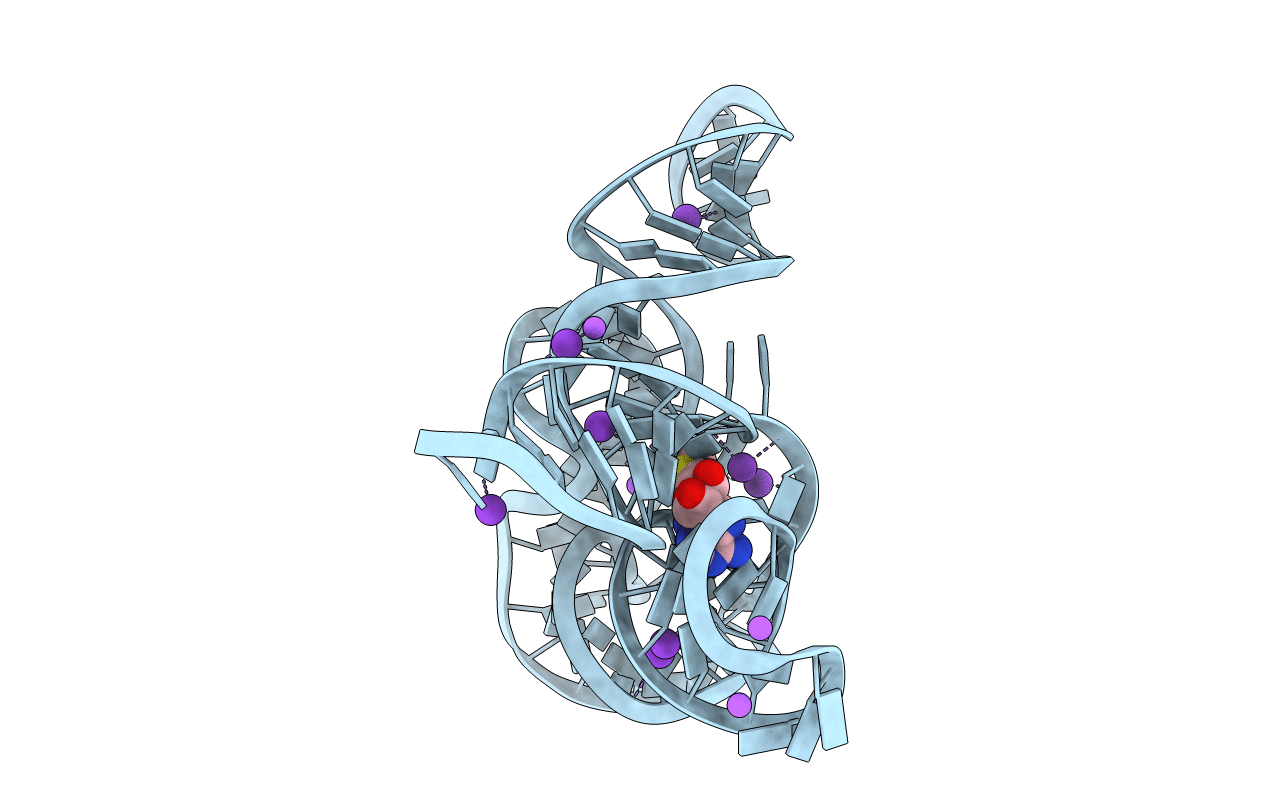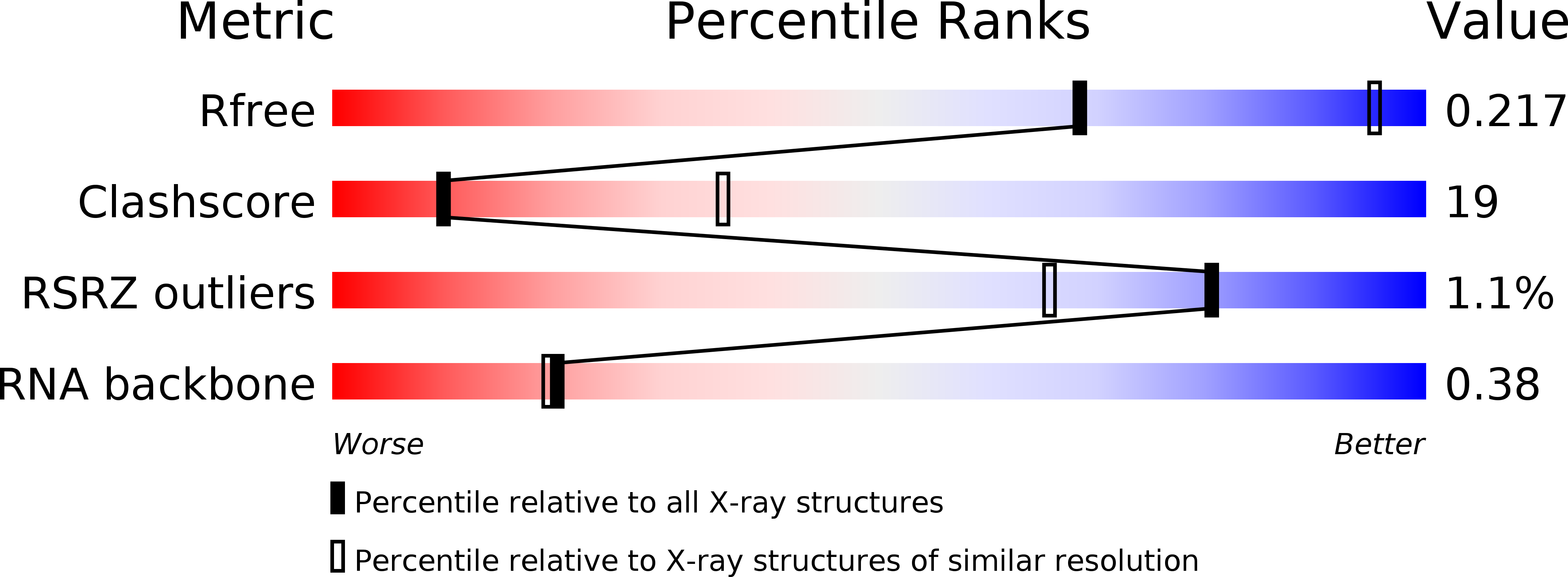
Deposition Date
2012-03-25
Release Date
2012-05-09
Last Version Date
2023-12-20
Entry Detail
PDB ID:
4AOB
Keywords:
Title:
SAM-I riboswitch containing the T. solenopsae Kt-23 in complex with S- adenosyl methionine
Biological Source:
Source Organism:
THERMOANAEROBACTER TENGCONGENSIS (Taxon ID: 119072)
Method Details:
Experimental Method:
Resolution:
2.95 Å
R-Value Free:
0.23
R-Value Work:
0.18
R-Value Observed:
0.19
Space Group:
P 43 21 2


